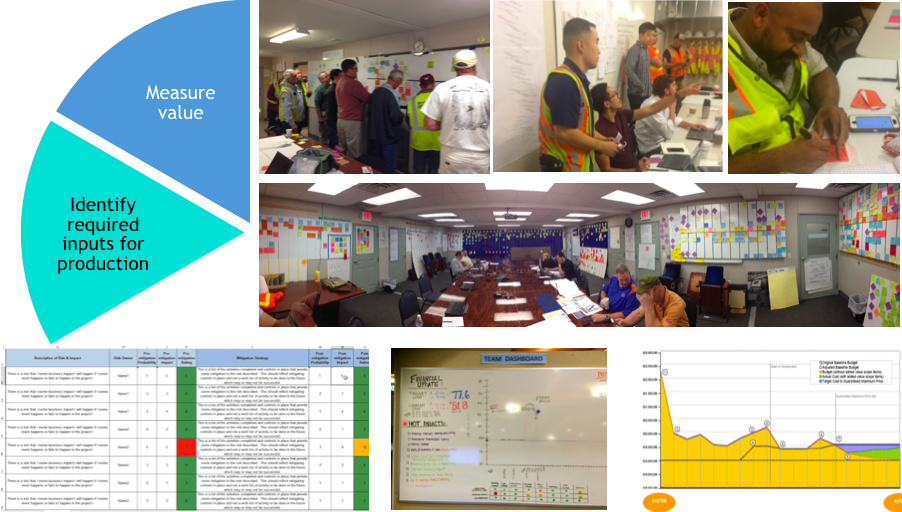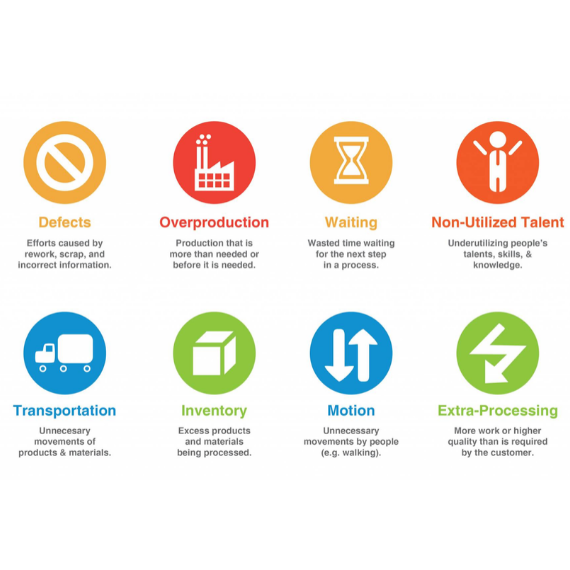Contact Information
info@leanconstructionblog.com

Better use of Data makes better Managers
One Wall Street CEO claimed, “That today’s businesses are drowning in data.” Managers have more data than ever before and more powerful computers to crunch the data, but they still lack the ability to turn the measures into meaningful actions.

You can't be successful with lean design and construction without being part of a community
If you have been practicing lean design and construction for several years, you will realize the importance of being part of a community. Why is community involvement crucial?

Emerging Digital Tools for Visual Management in Lean Construction
Lean manufacturing principles emphasize visual management as a means of improving productivity, identifying problems, and encouraging continuous improvement in construction sites. Traditionally, visual management has relied on manual tools such as a whiteboard, charts, and posters.

High-Performance Leadership #6 - Stakeholder Engagement
Even great facilitation skills are not enough if you can’t get the right people together to address the right issues at the right time. We need sound agreements that drive action.

Are Resources and Capacity the Same?
If you are involved in the delivery of capital projects, there is a good chance that you may have heard, or even used, expressions such as, “We have a resource-loaded schedule,” “We are behind schedule, so let’s add more resources,” or “We need to increase our capacity.”
.png)
What is Non-Value for Future Productivity
The target of lean management is a value stream. Lean management aims to reduce waste and create a value stream that includes only value. A value stream consists of value and non-value process steps.

The Key To A Culture Of Continuous Improvement: Be Serious
Many lean management principles sound simple, but they are not always easy to put into practice. Even established leaders need support – through coaching and intentional practice – to ingrain them as habits.

Lean Digital Project Delivery: Supporting Construction Efficiency through VDC
Lean Digital Project Delivery makes construction projects more efficient by turning data into useful information. This process keeps data organized and ensures that important information is available when needed, matching the project timeline.

Takt Control = Production Control
Takt Planning and Takt Control (TPTC) is the most widely used standard production system for what we call Takt in the construction industry. In this publication I am diving deep into the second half of the system as there is extensive content on Takt Planning.

If you want to improve project performance, focus on improving information flow
Information is the lifeblood of all project delivery. You can’t effectively work as a team to deliver a complex project without good, reliable, and accurate information.

A Practical Planning Strategy for Reducing Project Time 20 Percent
A 20% schedule reduction is consistent with the performance observed by me on a range of projects. One example is the Lakewood Family Health Center project. The team delivered the 65,000-sf Emergency Services / Medical Office Building facility with an initial schedule of 19 months in 14 months, a 24% savings of time.


 Rick Boates
Rick Boates

 Dave Healy
Dave Healy
























.png)






